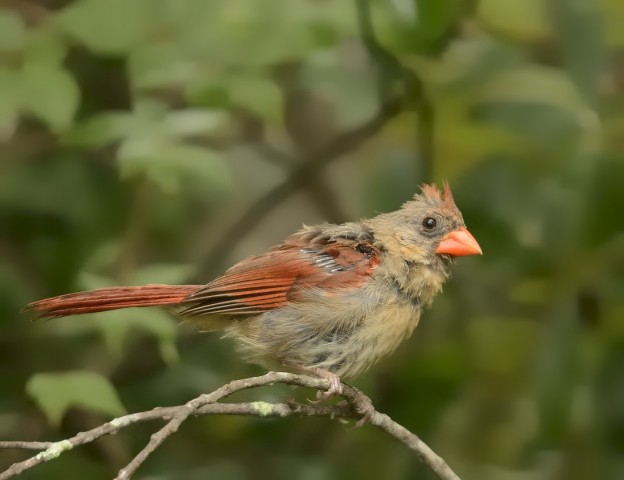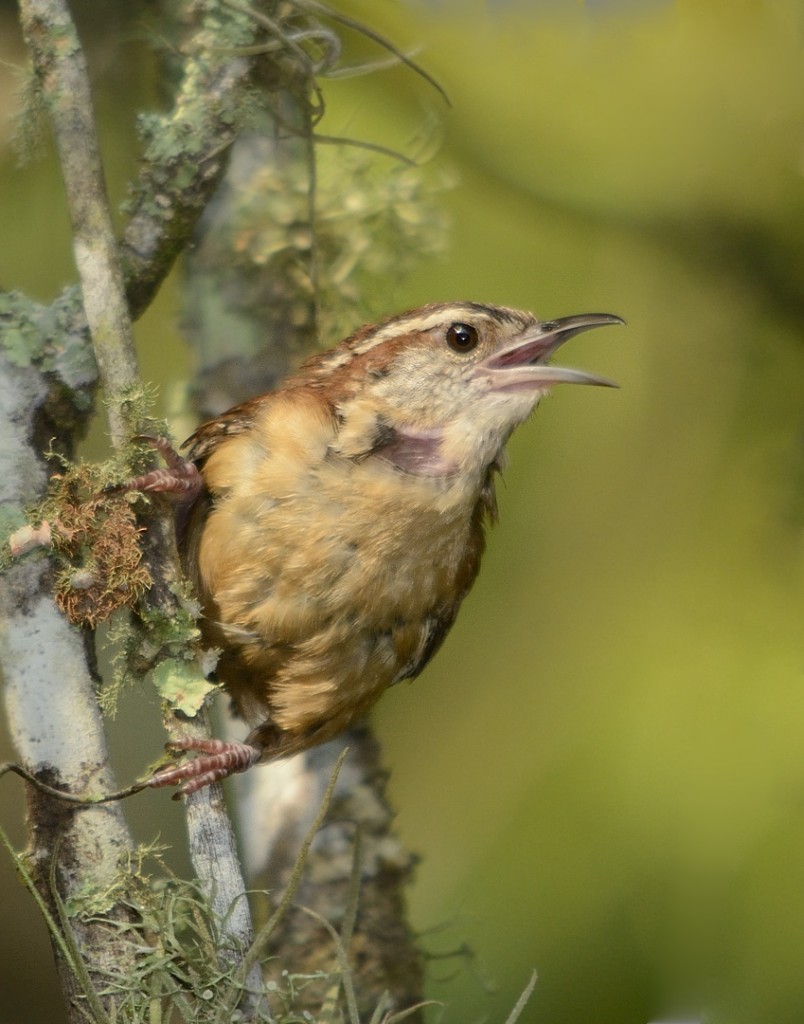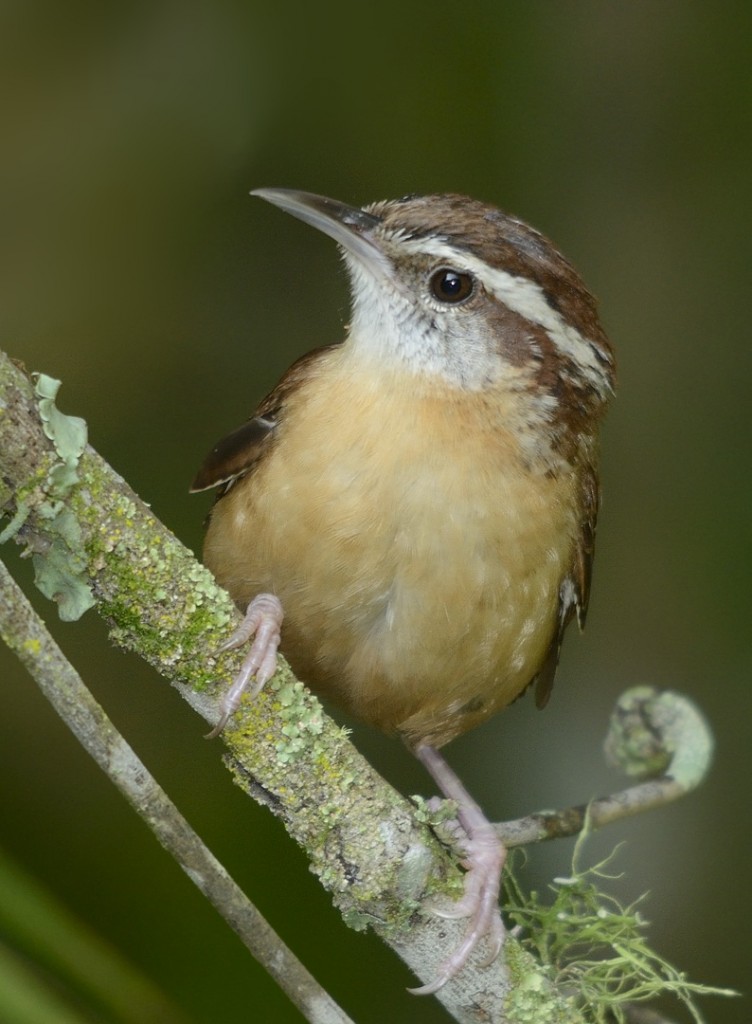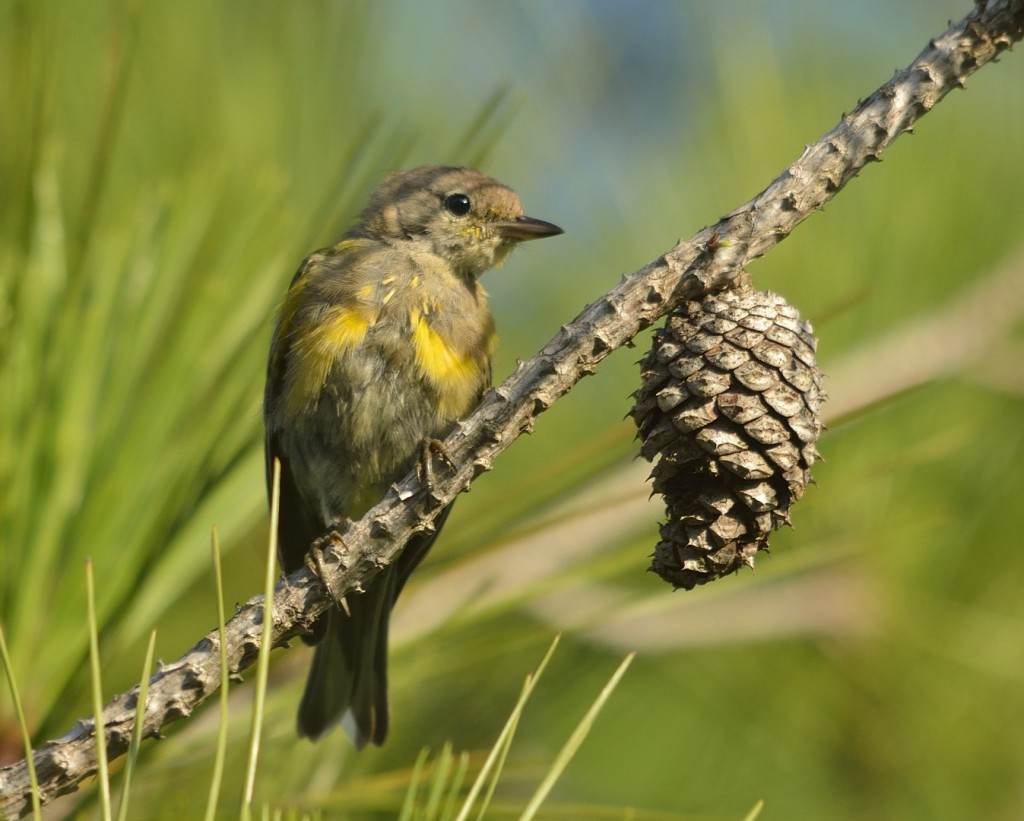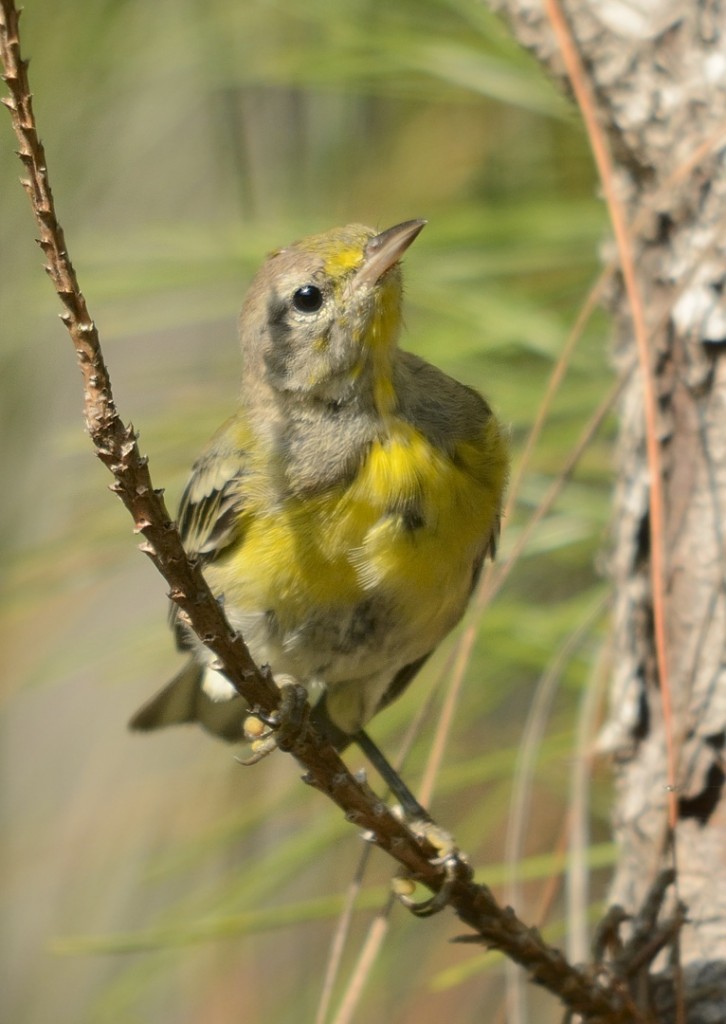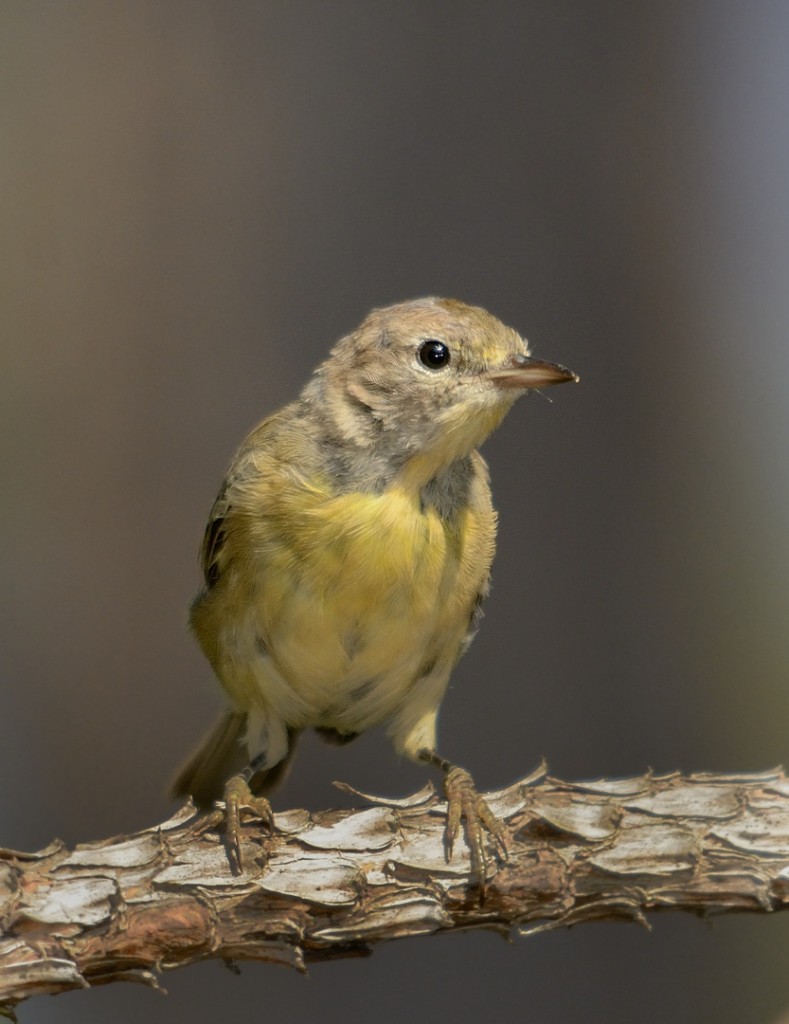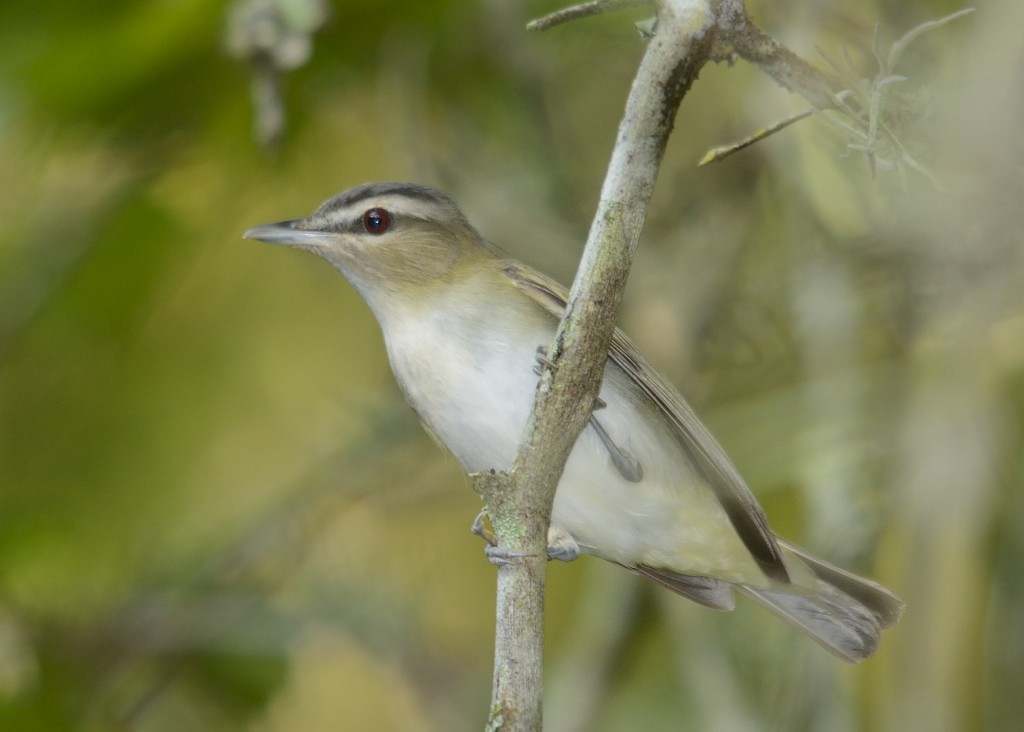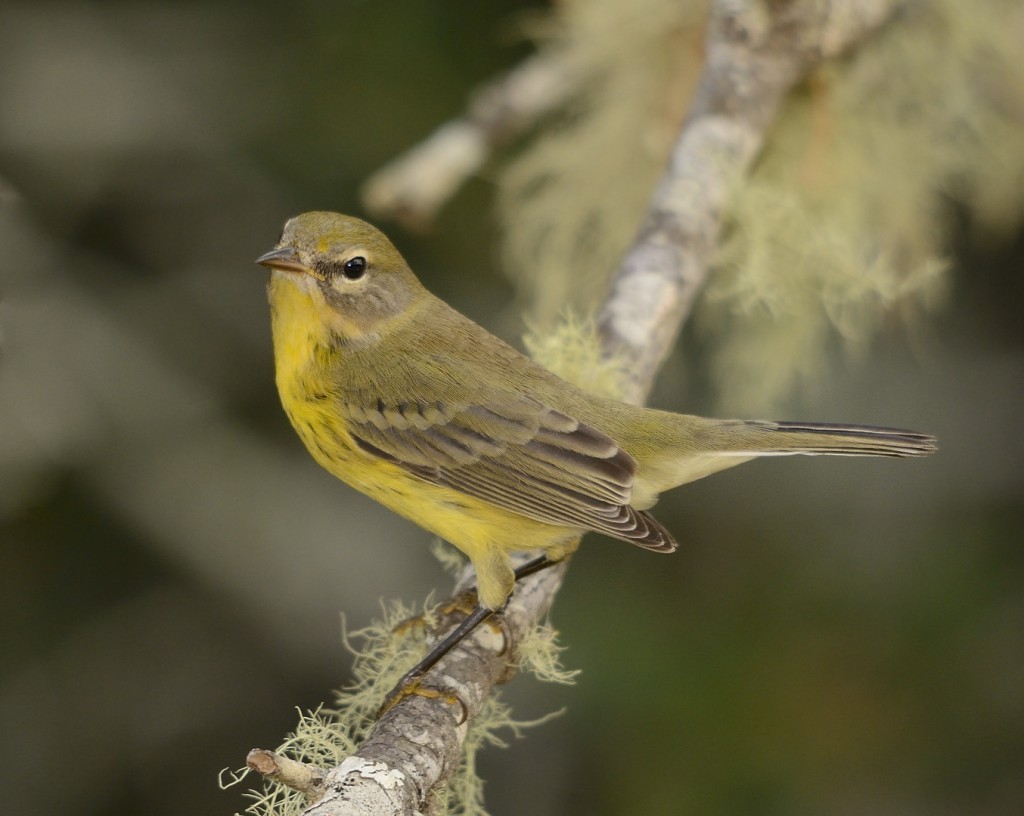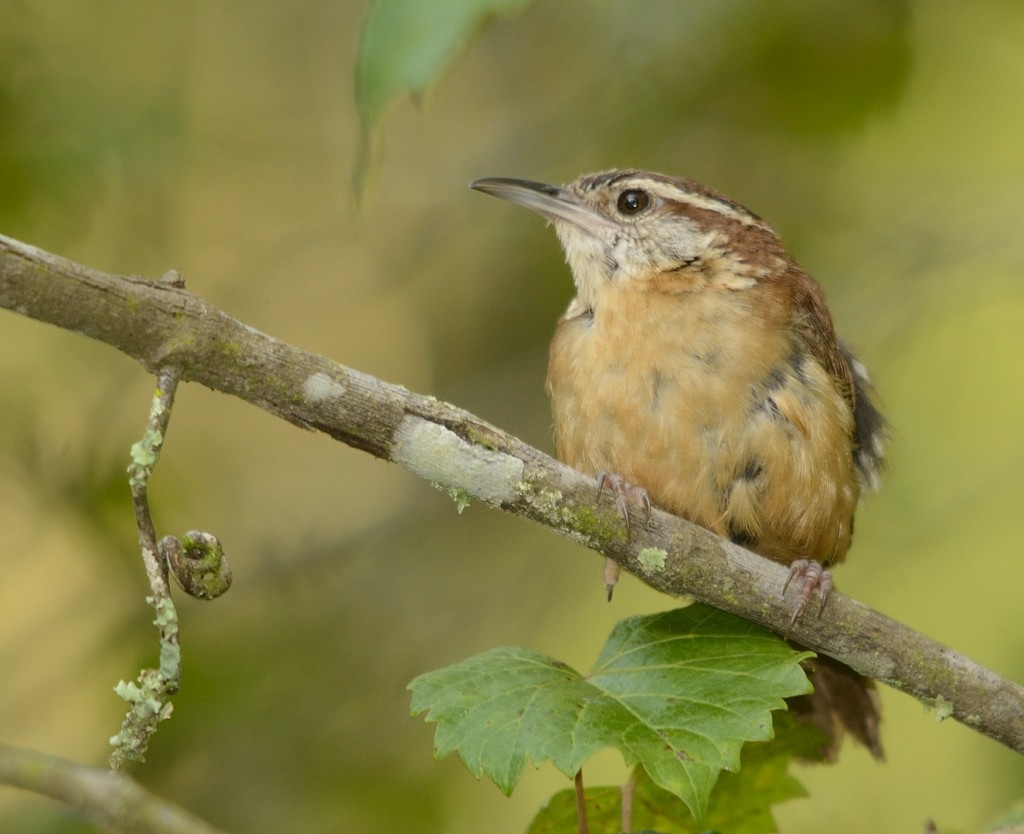August 7, 2013
Two things strike me about this time every year when I go out to look at or photograph birds. The first is that this is the worst time of year to watch birds in Florida. Diversity is at the low point in its annual cycle, though that is changing every day as new migrants move into the state. The second is that many passerines look pretty miserable at this time of year.
The reason for the first phenomenon, the low diversity of breeding birds in Florida, is a bit of a mystery. The reason for the second is a little clearer. Many birds are in the midst of their post-nuptial molt, in which they replace the plumage they wore for their reproductive activities for a new set of feathers that will last them until next year’s breeding season. While absolutely necessary, molt isn’t a pretty thing.
Molt is quite a complicated phenomenon. Among different species there is tremendous diversity in the patterns and timing of molt, and the resulting plumages. In some groups of birds, like gulls, it can take several years for an individual to acquire the definitive adult plumage. Each of the immature plumages can differ subtly from the others, making identification a challenge. Even in smaller birds with more accelerated life cycles, which may molt into their first alternate (breeding) plumage at a little less than one year of age, there are major differences in the timing of molt between species, and even between individuals of the same species. Below, for example, is a Carolina wren I photographed today that was traveling with the molting individual above.
The wren above is likely a young bird, hatched earlier in the summer. The gape, a bit of soft tissue looking something like lips, is visible at the base of the bill. The color of the breast is a little paler than the adult pictured above as well. While this juvenile wren is showing a smidgen of dishevelment, to my eye it is a vast improvement over the slovenly looking adult. So individuals of the same species can be on different molt schedules.
Here are some pine warblers I photographed today that look like they are just coming off of a three-day bender. These are young-of-the-year birds that are just acquiring their first basic (adult non-breeding) plumage.
Not all passerine species are looking so disreputable, though. Here’s a red-eyed vireo photographed this morning, followed by a prairie warbler from a few days ago.
Admit it – those are some damned dapper little birds. Why the difference? Both of these species are neotropical migrants. They leave the temperate latitudes in the fall to travel to the tropics (though a few prairie warblers will spend the winter in Florida). Most migrants complete their post-nuptial molt before they begin their long-distance migration. The extraordinary migratory flights of these birds demand a fresh plumage and all the aerodynamic advantages afforded by those new feathers.
Carolina wrens and pine warblers, on the other hand, are permanent residents. They breed and overwinter in the state. In many resident species, individuals maintain the same home ranges throughout the year. This allows them the luxury of a more extended period of molt. Molting is an expensive process – it requires a lot of energy and protein to produce a new set of feathers. Molting and migrating simultaneously just isn’t practical for birds that must journey thousands of miles.
